
Free Generative AI training courses by Google
Date
Generative AI – it’s a type of AI that can map long-range dependencies and patterns in large training sets, then use what it learns to produce new content, including text, imagery, audio, and synthetic data.
Generative AI relies on large models, such as large language models (LLMs) that can classify and generate text, answer questions, and summarize documents.
Here are some of the possibilities and applications of generative AI:
Text Generation.
- Chatbots and virtual assistants: Generative models can be used to create conversational agents that can carry on human-like conversations.
- Content creation: They can generate articles, blog posts, poetry, and other forms of written content.
- Code generation: AI models can assist in generating code snippets or even entire programs based on a description.
Image Generation.
- Art creation: Generative models can produce unique and artistic images, paintings, and illustrations.
- Style transfer: They can transfer the artistic style of one image onto another, creating visually interesting combinations.
- Image-to-image translation: Converting images from one domain to another, such as turning sketches into realistic images or changing day scenes to night scenes.
Music Composition.
- Melody and harmony generation: AI models can create original musical compositions in various genres.
- Remixing:They can take existing music and create new versions with different styles or arrangements.
- Instrument generation: AI can invent new virtual instruments or create unique sound effects.
Video Generation.
- Video synthesis: AI models can create new videos by combining elements from existing footage or generating entirely new scenes.
- Deepfake creation: While controversial, generative models can create realistic-looking videos featuring people saying or doing things they never actually did.
Game Content Creation.
- Level design: Generative AI can assist in creating game levels, maps, and environments.
- Non-player character (NPC) behavior: AI models can generate behaviors and dialogues for NPCs in video games.
- Quest and story generation: They can create branching narratives and quests for interactive storytelling.
Fashion and Design.
- Fashion design: AI can generate new clothing designs, patterns, and styles.
- Interior design: AI models can assist in generating interior design layouts and recommendations.
Language Translation and Interpretation.
- Language translation: Generative models can translate text from one language to another.
- Sign language interpretation: AI can interpret spoken language into sign language gestures.
These are just a few examples of the many possibilities of Generative AI.
Google recently offered a free set of helpful training courses to improve users’ skills and gain a deeper understanding of generative AI technology.
The courses cover a variety of topics and provide a better understanding of AI and machine learning.
Here the list of training materials, specific to generative AI technologies
This learning path guides you through a curated collection of content on generative AI products and technologies, from the fundamentals of Large Language Models to how to create and deploy generative AI solutions on Google Cloud.
Introduction to Generative AI
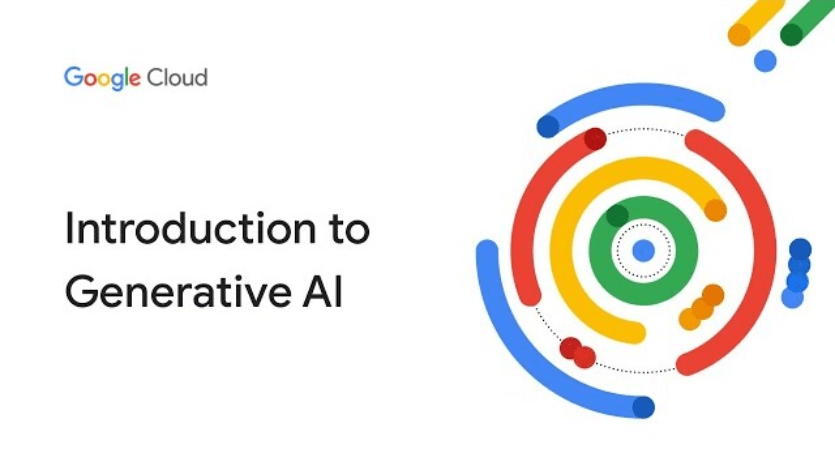
This is an introductory level microlearning course aimed at explaining what Generative AI is, how it is used, and how it differs from traditional machine learning methods. It also covers Google Tools to help you develop your own Gen AI apps.
Introduction to Large Language Models
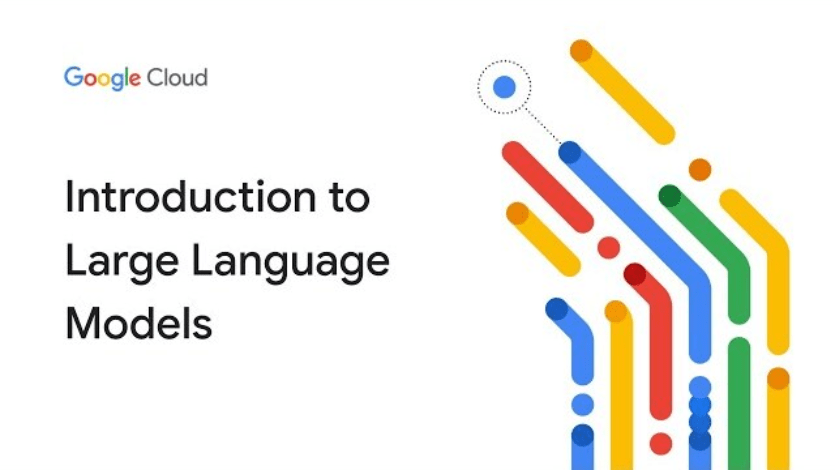
This is an introductory level microlearning course that explores what large language models (LLM) are, the use cases where they can be utilized, and how you can use prompt tuning to enhance LLM performance. It also covers Google tools to help you develop your own Gen AI apps.
Attention Mechanism
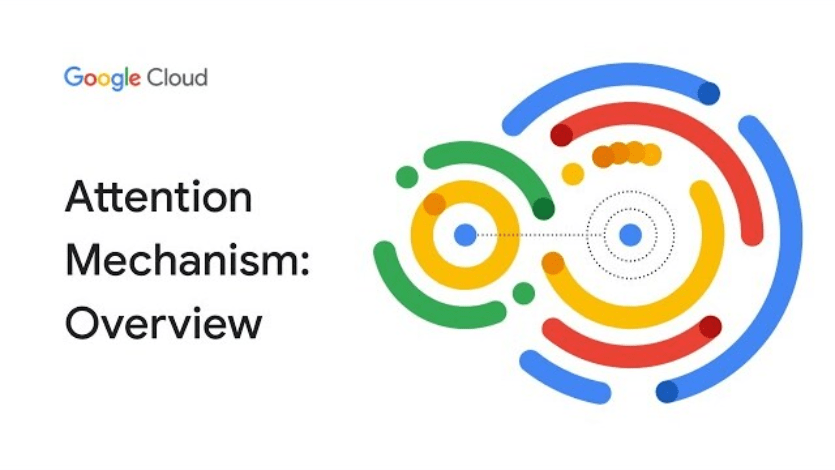
This course will introduce you to the attention mechanism, a powerful technique that allows neural networks to focus on specific parts of an input sequence. You will learn how attention works, and how it can be used to improve the performance of a variety of machine learning tasks, including machine translation, text summarization, and question answering.
Transformer Models and BERT Model
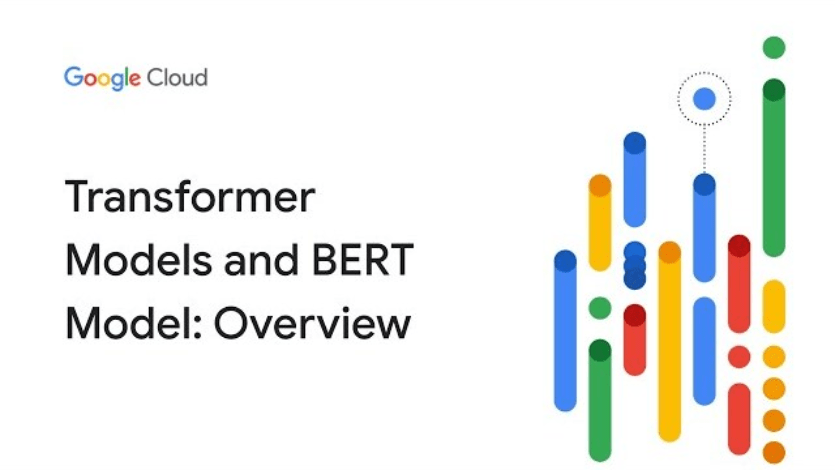
This course introduces you to the Transformer architecture and the Bidirectional Encoder Representations from Transformers (BERT) model. You learn about the main components of the Transformer architecture, such as the self-attention mechanism, and how it is used to build the BERT model. You also learn about the different tasks that BERT can be used for, such as text classification, question answering, and natural language inference.
Introduction to Image Generation
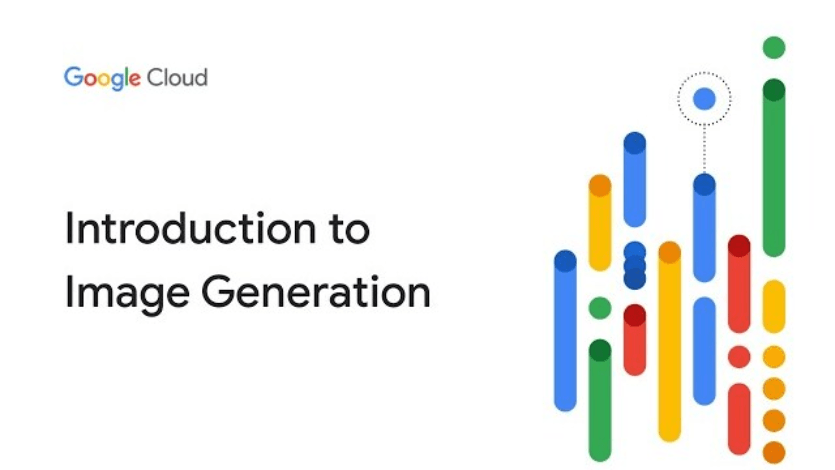
This course introduces diffusion models, a family of machine learning models that recently showed promise in the image generation space. Diffusion models draw inspiration from physics, specifically thermodynamics. Within the last few years, diffusion models became popular in both research and industry. Diffusion models underpin many state-of-the-art image generation models and tools on Google Cloud. This course introduces you to the theory behind diffusion models and how to train and deploy them on Vertex AI.
Create Image Captioning Models
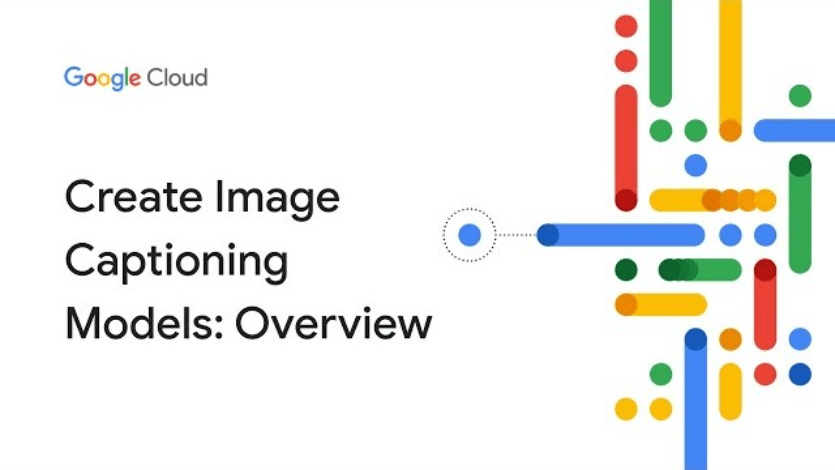
This course teaches you how to create an image captioning model by using deep learning. You learn about the different components of an image captioning model, such as the encoder and decoder, and how to train and evaluate your model. By the end of this course, you will be able to create your own image captioning models and use them to generate captions for images
Encoder-Decoder Architecture
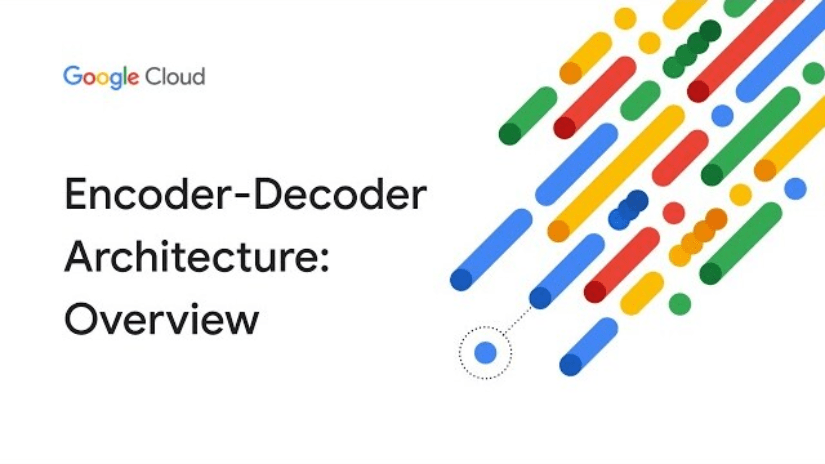
This course gives you a synopsis of the encoder-decoder architecture, which is a powerful and prevalent machine learning architecture for sequence-to-sequence tasks such as machine translation, text summarization, and question answering. You learn about the main components of the encoder-decoder architecture and how to train and serve these models. In the corresponding lab walkthrough, you’ll code in TensorFlow a simple implementation of the encoder-decoder architecture for poetry generation from the beginning.
More information and additional courses here



